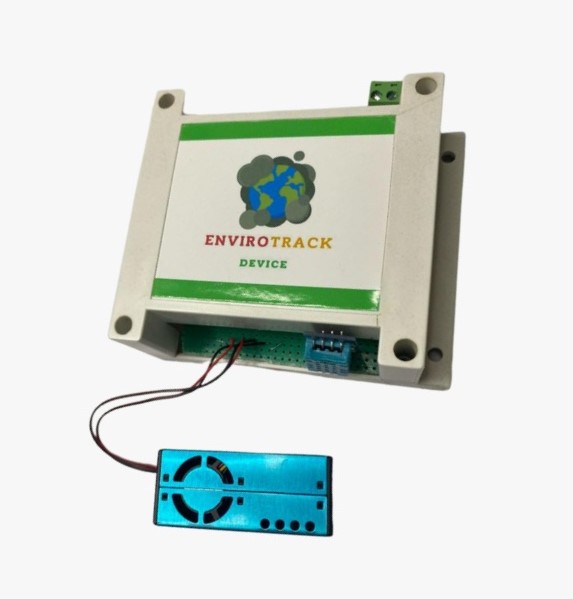Introduction
Maintaining good indoor air quality is essential for ensuring the health and well-being of occupants in hospitals, schools, and offices. In this blog post, we’ll explore the development of an indoor air quality monitoring system using PM2.5 sensors to measure dust particles in the air, DHT sensors to measure temperature and humidity, and IoT technology with Arduino Nano, Arduino Uno, ESP8266, or ESP32. This system will enable real-time monitoring of environmental conditions, helping to create healthier indoor environments.
Components Used
1. PM2.5 Sensor Measures the concentration of fine dust particles in the air, providing insights into air quality.
2. DHT Sensor Measures temperature and humidity, important factors in assessing overall comfort and air quality.
3. Arduino Nano/Uno/ESP8266/ESP32 Acts as the microcontroller for data acquisition and transmission to the IoT platform.
4. Internet Connectivity Enables communication with the IoT platform for remote monitoring and data analysis.
5. Power Supply Provides power to the sensors and microcontroller for continuous operation.
System Operation
1. Sensor Data Acquisition The PM2.5 sensor and DHT sensor continuously collect data on dust particles, temperature, and humidity in the indoor environment.
2. Data Processing The Arduino board processes the sensor data and prepares it for transmission to the IoT platform.
3. IoT Integration The Arduino board communicates with the IoT platform (e.g., ThingsBoard, Blynk, or Cayenne) via Wi-Fi or Ethernet, sending sensor data at regular intervals.
4. Data Visualization The IoT platform displays real-time sensor data on customizable dashboards, allowing users to monitor indoor air quality from anywhere with an internet connection.
5. Alerting Mechanisms The system can be configured to send alerts when air quality parameters exceed predefined thresholds, enabling timely intervention to improve indoor air quality.

Key Features
- Real-Time Monitoring Users can monitor indoor air quality in real-time, enabling prompt action in response to deteriorating conditions.
- Historical Data Analysis The IoT platform stores historical sensor data, allowing users to analyze trends and identify patterns in indoor air quality over time.
- Remote Accessibility Users can access the monitoring system remotely via web or mobile applications, providing flexibility and convenience.
- Customization The system can be customized to meet the specific needs of different indoor environments, such as hospitals, schools, and offices.
Benefits
- Healthier Indoor Environments Continuous monitoring of indoor air quality helps to identify and mitigate potential health risks associated with poor air quality.
- Improved Comfort Monitoring temperature and humidity levels ensures optimal indoor conditions for comfort and productivity.
- Energy Efficiency By optimizing ventilation and air conditioning systems based on real-time data, energy consumption can be reduced while maintaining indoor air quality.
- Data-Driven Decision Making Access to real-time and historical data empowers users to make informed decisions about indoor air quality management strategies.
Conclusion
In conclusion, the integration of PM2.5 sensors, DHT sensors, and IoT technology with Arduino-based microcontrollers offers a powerful solution for indoor air quality monitoring in hospitals, schools, and offices. By leveraging real-time data and remote accessibility, this system enables proactive management of indoor environments, promoting health, comfort, and well-being.